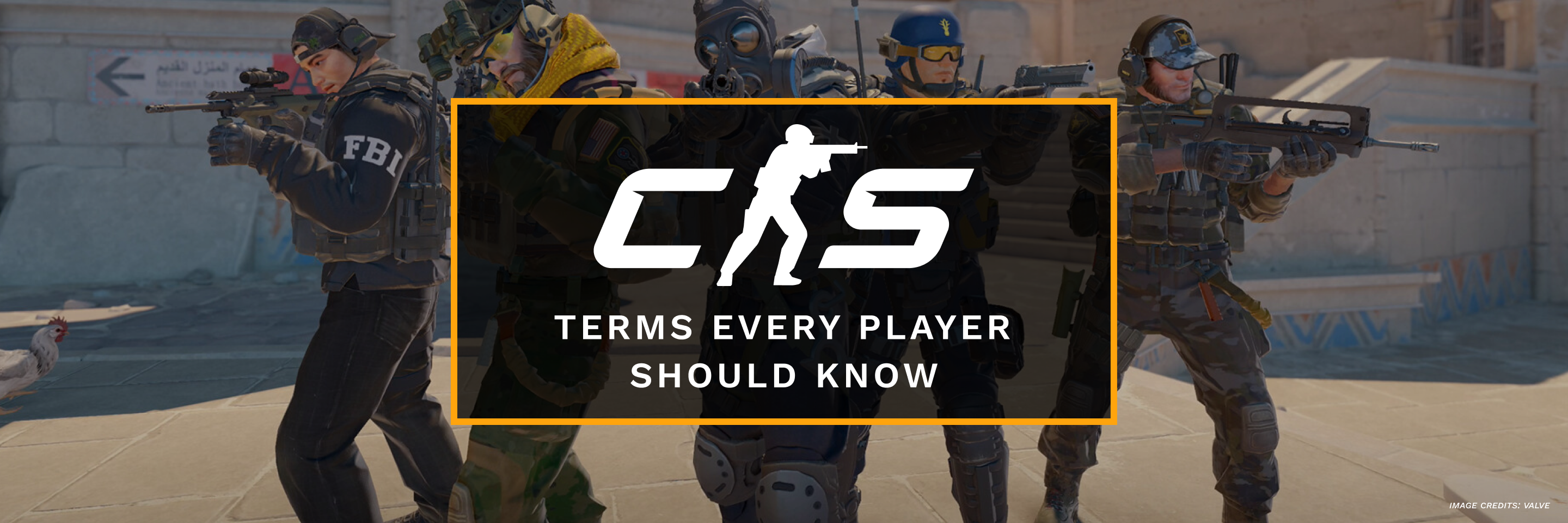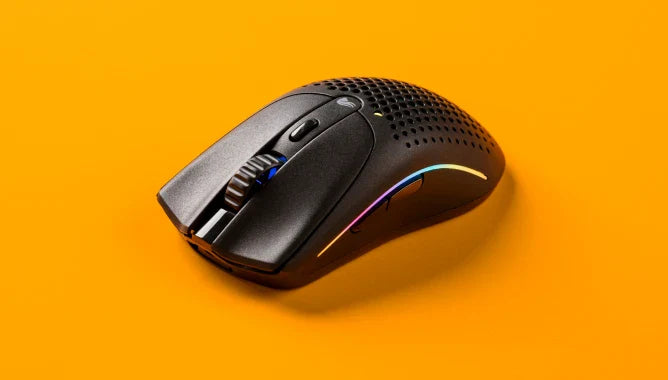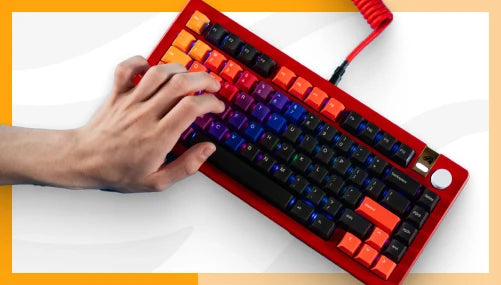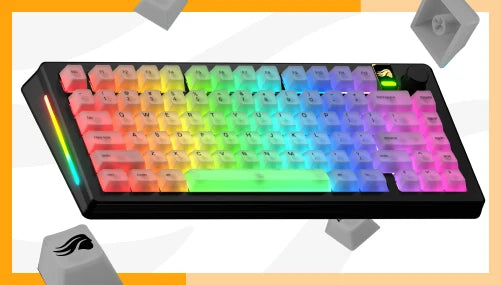
50 Counter-Strike Terms Every Player Should Know
Announcements
Jan 22 2025
Counter-Strike is widely regarded as one of the biggest, if not the biggest, competitive first-person shooter in the world.
Whether you're jumping into the game for the first time or have already logged a fair number of hours, this guide is for you – you’ll probably discover terms you’ve never come across before.
Inside, you'll find a comprehensive list of essential Counter-Strike elements and concepts, designed to help you understand the game's mechanics, impress your friends, and elevate your skills to the next level.
A
A site (or just A): the A bomb site on a bomb defusal map
Ace: when a single player kills the entire enemy team in a single round
ADR (Average Damage per Round): the average amount of damage a player deals per round to enemies
Anchor: a player who holds a bomb site on defense while their teammate(s) rotate to the other
Aimbot: a type of hack that allows players to automatically shoot an enemie's head
Angle: a specific line of fire or viewpoint within a map
Anti-eco: a round in which a team buys high kill reward weapons when playing against a team that is on an eco (only pistols)
AWPer: a player dedicated to using the AWP sniper rifle
B
B site (or just B): the B bomb site on a bomb defusal map
Bait: to lure enemy team attention away from a specific region or bomb site, or even letting a teammate get killed to lure an enemy into an unfavorable situation
Burst: a firing mode in which certain weapons fire 3 bullets at a time, or when a player using a fully automatic rifle uses similar short bursts
Buy Round: a round in which a team buys a full loadout of weapons and equipment (grenades, armor, and defuse kit)
Boost: when a player allows their teammate to move into a normally unreachable position by crouching and letting them jump on their head
C
CT (Counter-Terrorist): the defending team on a map
Clutch: a situation in which the last man standing wins the round (in a 1vsX scenario)
Crossfire: a tactical setup where enemies are attacked from multiple angles at the same time when they enter a specific area
Collateral: when a player kills two or more enemies with a single bullet
Counter-strafe: quickly changing direction to stop momentum, typically by moving in the opposite direction, in order to gain full accuracy. This essential Counter-Strike mechanic can be significantly enhanced with keyboard features such as Rapid Trigger and Hall Effect, which immediately reset keys once they are released, ensuring quicker reactivation, as seen in keyboards like the Glorious GMMK 3 HE.
Carry: a player who is performing significantly better than their teammates, typically in terms of kill count
D
Default: the most standard strategy of defense or attack on a specific map, or the the most common bomb-planting spot in a bombsite
Demo: a video replay of a played match
Dink: a headshot that doesn’t result in an instant kill
Drop: when a player gives a teammate a weapon, usually when said teammate doesn’t have enough money to buy himself
E
Eco: a round in which a team collectively saves their money for the next round by purchasing cheap weapons or not purchasing at all
Economy: the amount of money each team has to buy weapons and equipment
Entry frag: a kill that opens up entry into a site or area of the map
Exit frag: a kill attained by a CT when a T is leaving the bomb site after the bomb explodes
Execute (or just Exec): a play where the team on the T side coordinates their pushes and use of grenades on a specific bombsite in order to secure it
F
Flash: using the flashbang, a grenade that blinds players
Force buy: a round in which a team buys to the full extent of their economy, even when their money is low
Flick: a kill obtained by a flick of the mouse, usually to target an enemy who suddenly appears in the field of view, often with a sniper rifle. To consistently land accurate flicks and regular shots, using a high-quality mouse with a fast sensor and Motion Sync technology, such as the Model O 2 Wireless, is crucial for precision and responsiveness.
G
Glass cannon: a player who buys an AWP and doesn’t have enough money to buy armor
GL HF: Good Luck Have Fun
I
IGL (In-game Leader): the captain of a team that makes decisions during the game about what strategies to implement before and during the rounds, among other things
J
Jiggle peek: a type of movement in which a player quickly presses ADAD close to a wall to either get information without being in the open or to bait out a shot from an enemy
Jumpshot: jumping and shooting at the same time, most commonly done with sniper rifles
L
Loss bonus: money awarded to the losing team after a round ends, which increases with each consecutive lost round, up to a maximum of 5 rounds
Lurk: a player who silently traverses the map to gather information and catch the enemy team off guard with a play
N
Ninja defuse (or just Ninja): defusing the bomb as a CT while the T team is unaware
No-scope: killing an opponent with an unzoomed sniper rifle
P
Pop flash: throwing a flashbang so that it explodes in the exact instance to fully blind an enemy, without giving him time to react and look away
Pre-fire: shooting at a position you expect an enemy to be holding from
R
Rush: having the whole team attack a specific bomb site at the same time, overwhelming the CTs
S
Save: intentionally hiding from the enemy team and letting the round timer run out to carry weapons and equipment through to the next round
Stack: when the CT team defends a bombsite with all of its players, giving up the other
Strafe: a linear movement done by holding a single key
T
T (Terrorist): the offensive team on a map
U
Utility: a term used to refer to grenades and defuse kits
W
Wallbang: shooting through a wall or cover to hit an opponent
WP: Well Played
Hopefully, this guide will help you navigate Counter-Strike's learning curve and answer any questions you may have. GL HF!



Comments